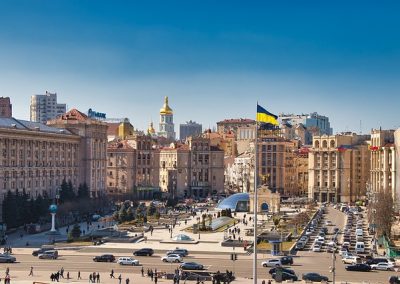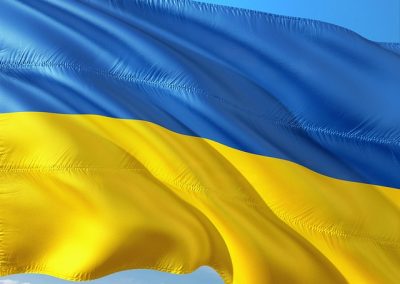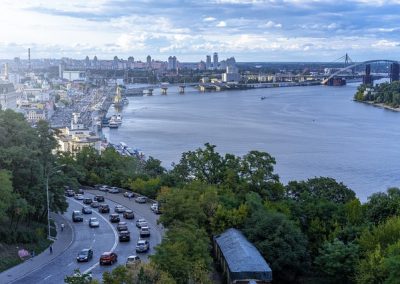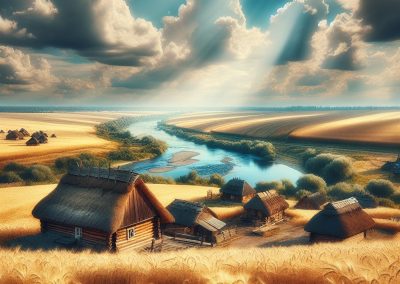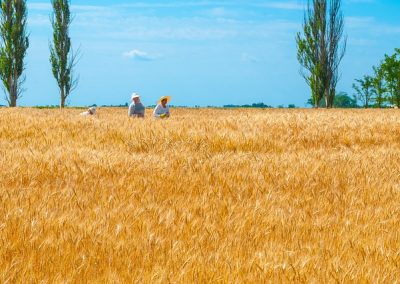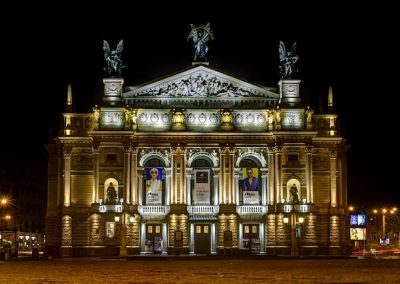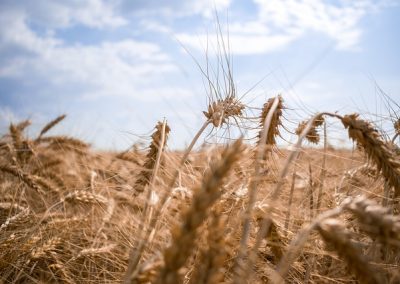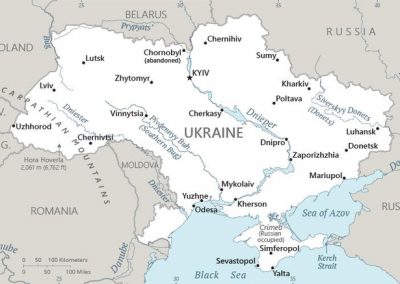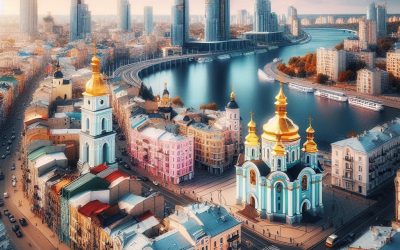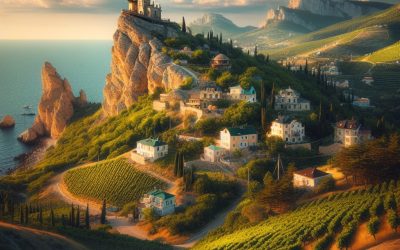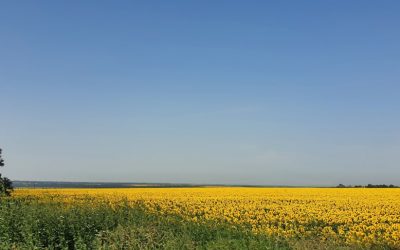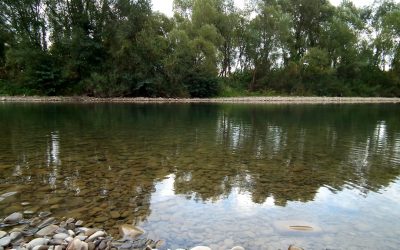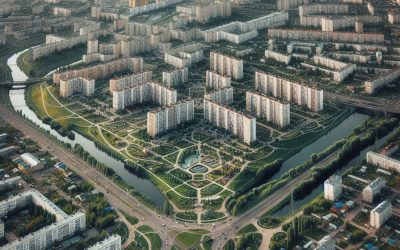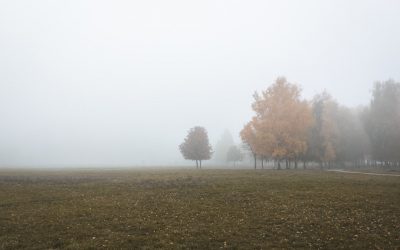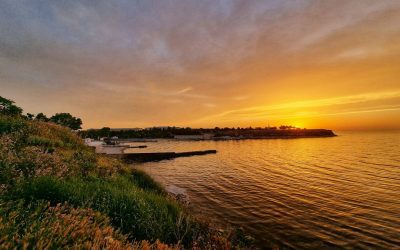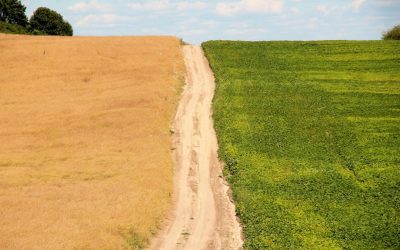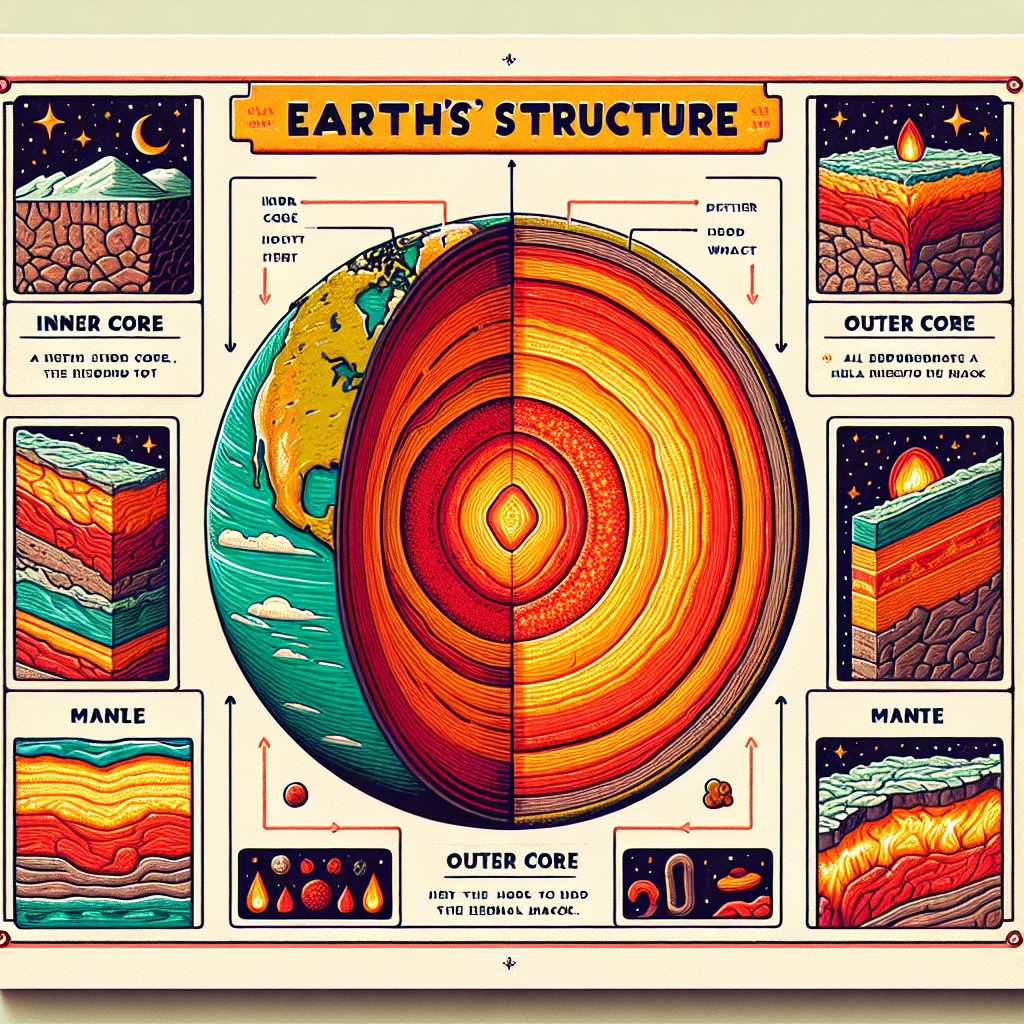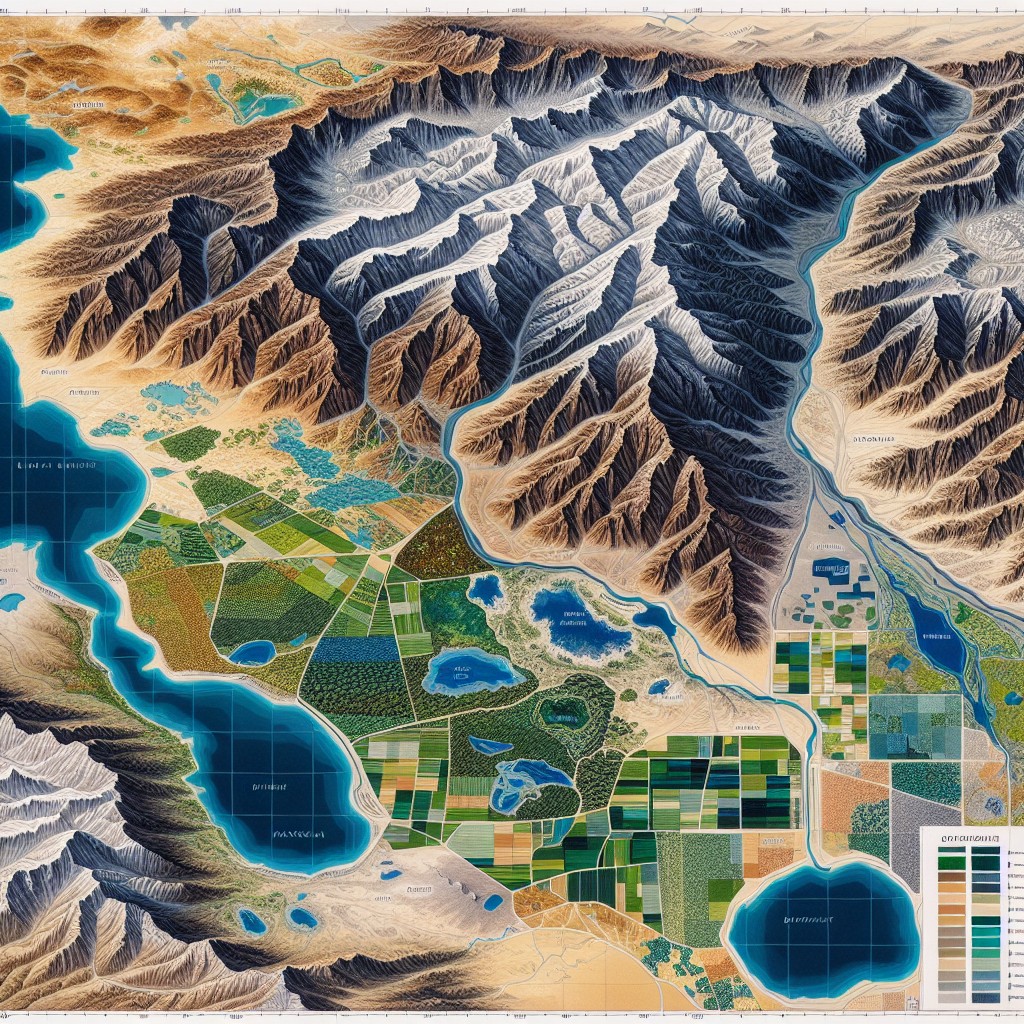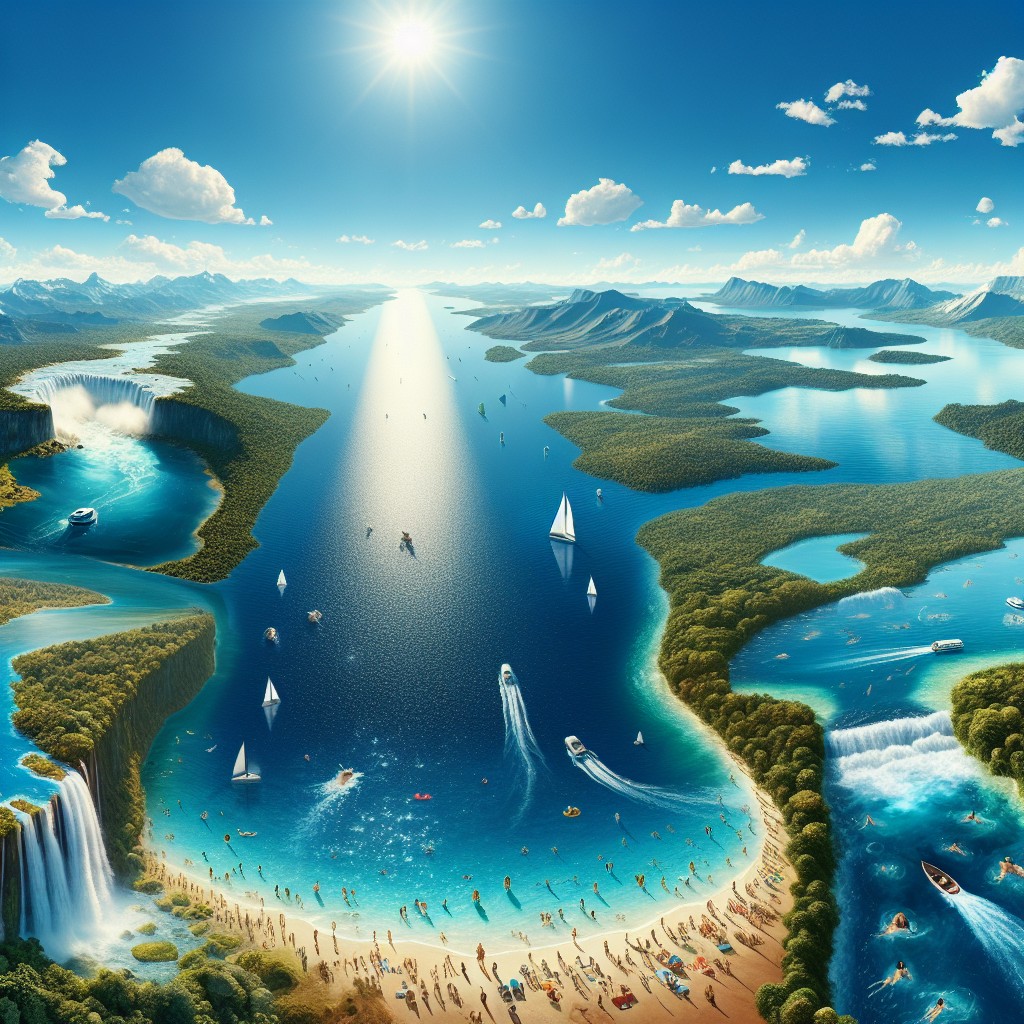Ukraine
(Ukrayina)

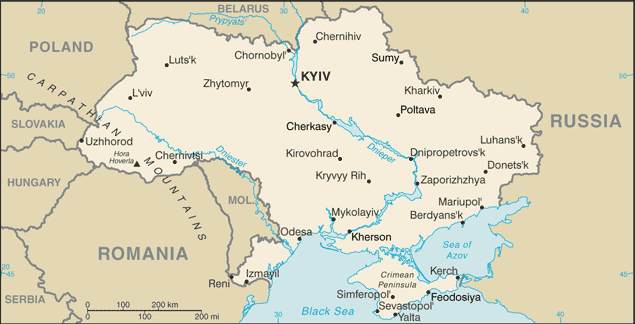
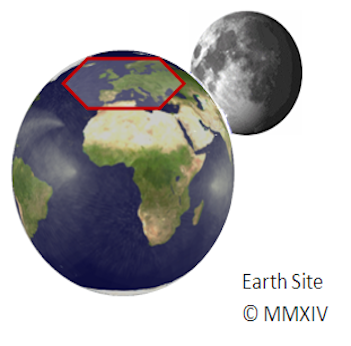
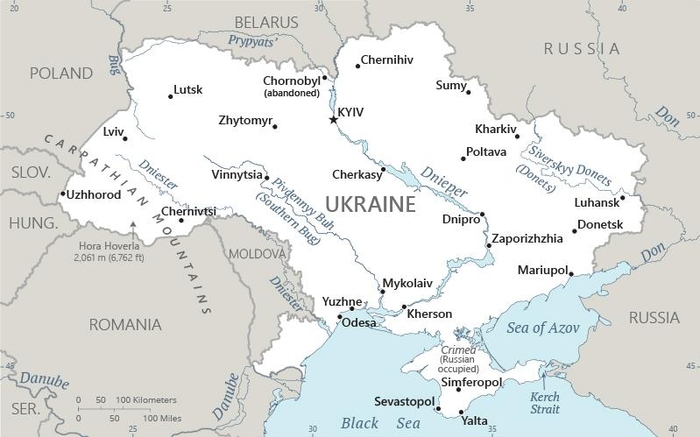
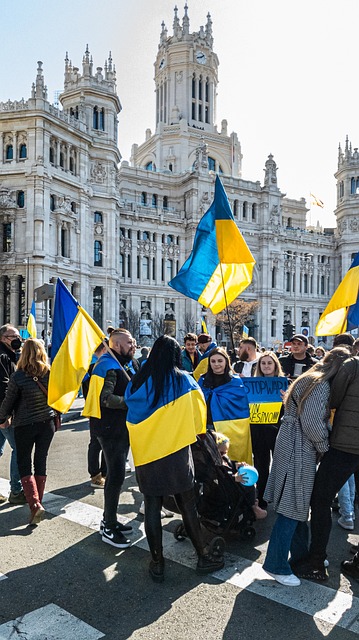
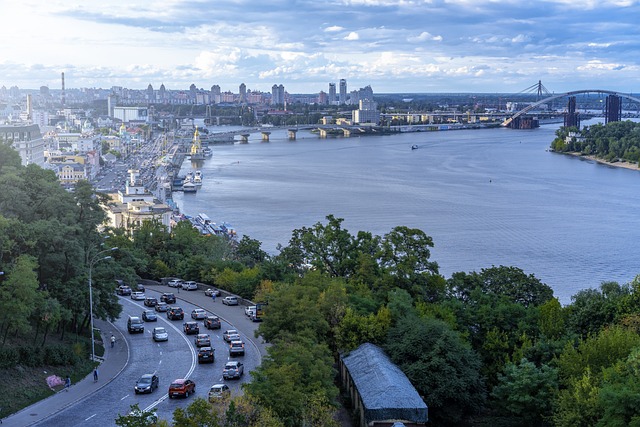
Capital: Kiev (Kyiv)
Population (Estimated July 2012): 44,854,065
Area: 603,628km2 or 233,062mi2
Currency: Hryvnya (UAH)
Official Language: Ukrainian
Political Information: Parliamentary Republic
Official Religion: No Official Religion (approximately 50.4% of the population is Ukrainian Orthodox – Kyiv Patriarchate, 26.1% are Ukrainian Orthodox – Moscow Patriarchate, 8% are Ukrainian Greek Catholic, 7% are Ukrainian Autocephalous Orthodox, 2.2% are Roman Catholic, 2.2% are Protestant, 0.6% are Jewish and 3.2% have other religious beliefs)
Highest Mountain: Hora Hoverla at 2,061m or 6,762ft
Time Zone (GMT/UTC): +2:00
Wildlife:
Counties/Provinces/States: 24 provinces (oblasti, singular – oblast’), 1 autonomous republic* (avtonomna respublika), and 2 municipalities (mista, singular – misto) with oblast status**; Cherkasy, Chernihiv, Chernivtsi, Crimea or Avtonomna Respublika Krym* (Simferopol’), Dnipropetrovs’k, Donets’k, Ivano-Frankivs’k, Kharkiv, Kherson, Khmel’nyts’kyy, Kirovohrad, Kyiv**, Kyiv, Luhans’k, L’viv, Mykolayiv, Odesa, Poltava, Rivne, Sevastopol’**, Sumy, Ternopil’, Vinnytsya, Volyn’ (Luts’k), Zakarpattya (Uzhhorod), Zaporizhzhya, Zhytomyr
Leaders: President Volodymyr Zelenskyy; Prime Minister Denys Shmyhal
Additional: Gained independence from the Soviet Union on the 24th of August 1991.
Kyiv City, Ukraine
Kyiv City, also known as Kiev, is the capital and largest city of Ukraine. It is located in the north-central part of the country along the Dnieper River. With a population of over 3 million people, Kyiv City is not only the political and administrative center of...
Crimea, Ukraine
The Crimean Peninsula, located on the northern coast of the Black Sea, has a rich and complex history that has shaped its significance in both global politics and current events. From ancient Greek and Roman settlements to Mongol invasions and Soviet rule, Crimea has...
Discovering the Hidden Gems of Zhytomyr: A British Traveller’s Guide
Zhytomyr, a lesser-known destination in Ukraine, is a hidden gem that British travellers should consider visiting. Located in the western part of the country, Zhytomyr offers a unique blend of rich history, stunning architecture, delicious cuisine, and warm...
Exploring the Hidden Gems of Zaporizhzhya: A Journey through Ukraine’s Industrial Heartland
Zaporizhzhya, located in southeastern Ukraine, is a city that holds great significance in the country’s industrial development. With a population of over 750,000 people, it is the sixth-largest city in Ukraine and serves as a major economic hub. The city is...
Exploring the Hidden Gems of Zakarpattya: A Journey Through Uzhhorod
Uzhhorod, located in western Ukraine, is a city that serves as the gateway to the beautiful region of Zakarpattya. Nestled in the Carpathian Mountains, Uzhhorod is known for its rich history, vibrant culture, delicious cuisine, and stunning natural beauty. In this...
Exploring the Hidden Gems of Volyn: Discovering the Charms of Luts’k
Volyn is a region in western Ukraine known for its natural beauty and rich culture. It is home to picturesque landscapes, charming towns, and a wealth of historical and cultural sites. One of the most notable cities in Volyn is Luts’k, the capital city of the...
Exploring the Hidden Gems of Vinnytsya: A Journey Through Central Ukraine’s Cultural Hub
Vinnytsya, located in central Ukraine, is a city with a rich history and vibrant culture. Situated on the banks of the Southern Bug River, Vinnytsya has been an important center of trade and commerce since ancient times. The city’s history dates back to the 14th...
Discovering the Hidden Gems of Ternopil’: A Journey Through Ukraine’s Charming City
Ternopil, a city located in western Ukraine, is often overlooked by tourists in favor of more well-known destinations like Kyiv or Lviv. However, this hidden gem is worth exploring for its rich history, stunning architecture, delicious cuisine, and vibrant arts scene....
Exploring Sumy: A Hidden Gem in Ukraine’s Countryside
Nestled in the rural heartland of Ukraine, Sumy is a lesser-known travel destination that offers a unique and authentic experience for visitors. While it may not be as well-known as cities like Kyiv or Lviv, Sumy has its own charm and allure that make it worth a...
Exploring the Rich History and Stunning Scenery of Sevastopol: A Journey Through the Jewel of the Black Sea
Sevastopol is a city with a rich history and culture located on the Crimean Peninsula in Ukraine. It is known for its stunning scenery, ancient Greek and Roman roots, and its role in significant historical events such as the Crimean War and the Cold War. Sevastopol is...
Exploring the Hidden Gems of Rivne: A Journey Through the Heart of Western Ukraine
Rivne, located in western Ukraine, is a city that often gets overlooked by tourists in favor of more well-known destinations like Kyiv or Lviv. However, this hidden gem has a rich history and a vibrant culture that make it well worth a visit. Founded in the 13th...
A Historic Journey Through Poltava: Exploring the Rich Cultural Heritage of Ukraine’s Hidden Gem
Poltava, a hidden gem in Ukraine’s cultural landscape, is a city that often goes unnoticed by tourists. However, this lesser-known destination is brimming with rich history, architectural heritage, cultural treasures, and natural wonders. In this blog post, we...
